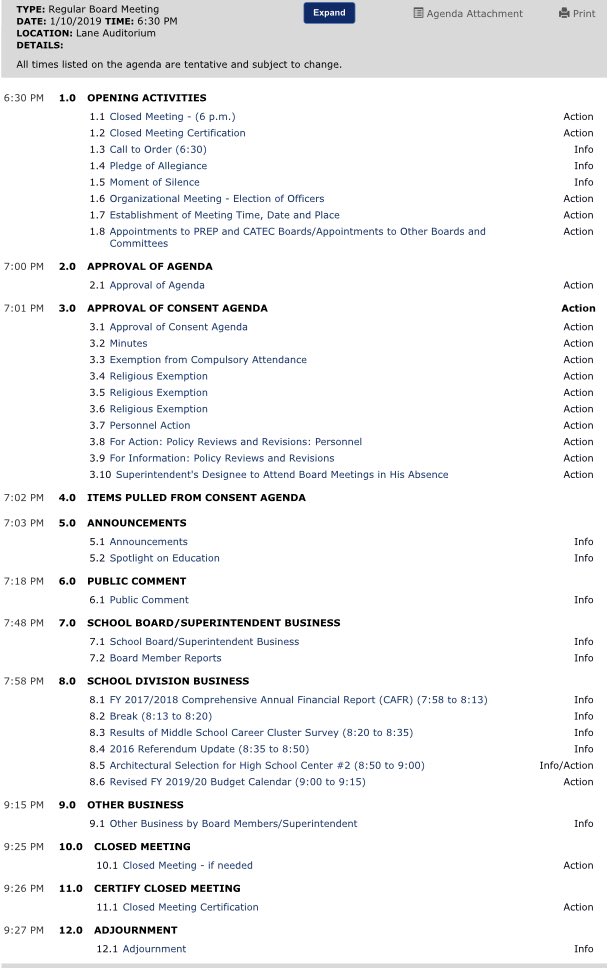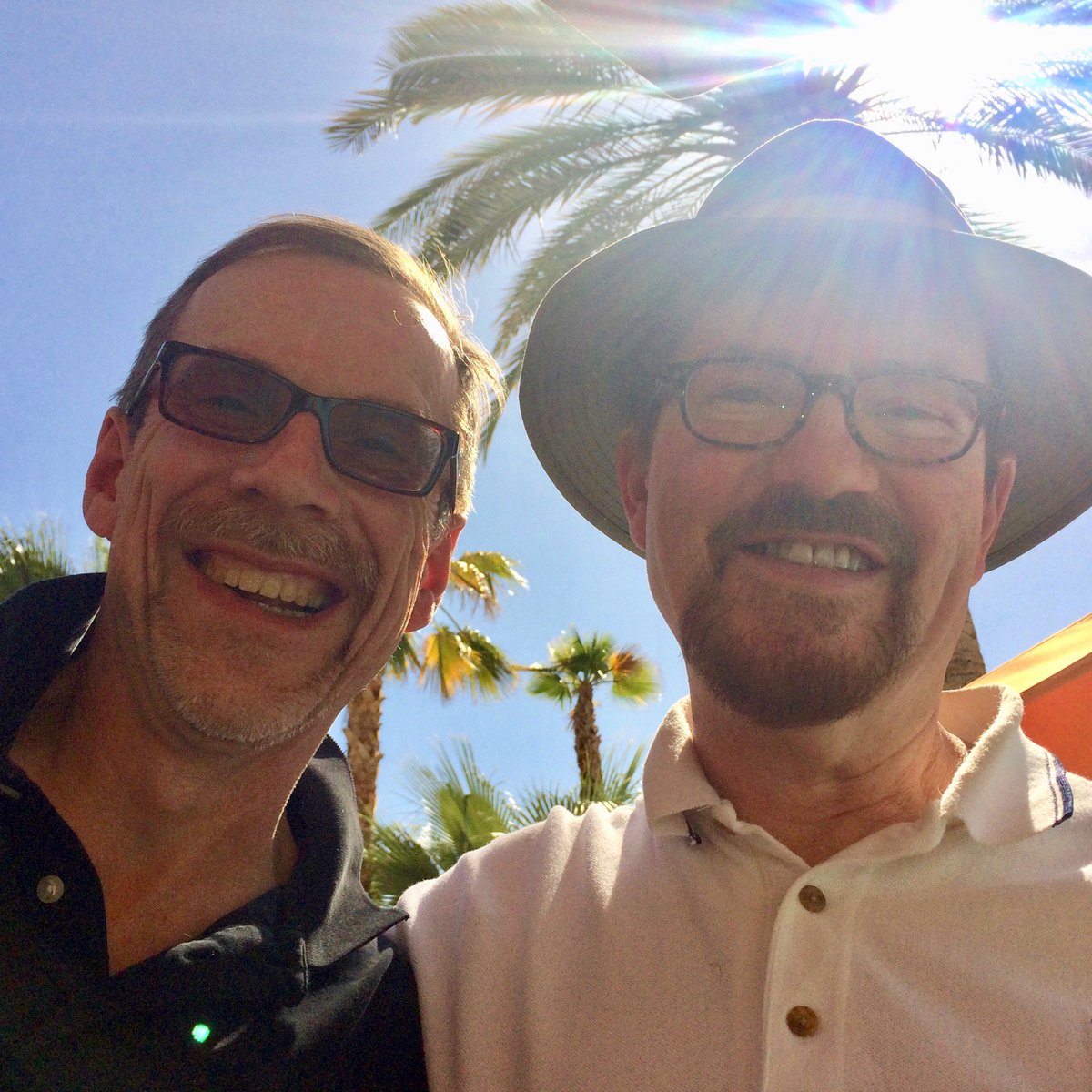Okay, I really had other plans for this morning, including prepping to talk to a potential funding agency this afternoon, but here goes...
Let's talk #QuantumComputer architecture, broadly.
1. architecture-aware compilation of realistic algorithms, including
resource analysis and error correction (QEC)
2. architecture of large-scale quantum computers, including QEC
3. classical control systems
4. NISQy business
arxiv.org/abs/quant-ph/9…
arxiv.org/abs/quant-ph/9…
arxiv.org/abs/quant-ph/0…
arxiv.org/abs/quant-ph/0…
arxiv.org/abs/quant-ph/0…
arxiv.org/abs/0809.4317
arxiv.org/abs/1008.5093
arxiv.org/abs/1204.0567
arxiv.org/abs/1301.2340
doi.org/10.1007/s11128…
doi.org/10.1016/j.parc…
arxiv.org/abs/1304.3390
arxiv.org/abs/1406.4481
ieeexplore.ieee.org/abstract/docum…
quantum chemistry, elliptic curve, optimization algorithms, etc.,
arxiv.org/abs/1402.4467
arxiv.org/abs/1803.00652
arxiv.org/abs/1312.1695
arxiv.org/abs/1401.2142
arxiv.org/abs/1706.06752
arxiv.org/abs/1207.0511
(quantumalgorithmzoo.org).
I've been saying for years that one of the key things we in the community need to be focusing on is establishing *concrete* use cases for those algorithms,
demonstrations and desirable large-machine implementations, including error analysis. That is really starting to happen now.
m-cacm.acm.org/magazines/2013…
The SOM is hard to find, but includes 60 more references, many focused on the IARPA-driven problem set:
delivery.acm.org/10.1145/250000…
direction,
We had almost fifty researchers at the Dagstuhl seminar focused on quantum programming languages last September, organized by Peter, Martin and Michele
Mosca, and that was basically only one representative per research group.
/end (temporary)
Let's talk #QuantumComputer architecture. Earlier, we discussed the work of the hundreds of researchers working on quantum programming tools and on figuring out the resource requirements of algorithms.
2. Now let's do large-scale architectures.
arxiv.org/abs/1009.2267
dl.acm.org/citation.cfm?i…
ieeexplore.ieee.org/abstract/docum…
arxiv.org/abs/quant-ph/0…
arxiv.org/abs/quant-ph/0…
people.cs.uchicago.edu/~ftchong/paper…
dl.acm.org/citation.cfm?i…
arxiv.org/abs/quant-ph/0…
iscaconf.org/isca2006/
arxiv.org/abs/quant-ph/0…
arxiv.org/abs/quant-ph/0…
arxiv.org/abs/0709.4539
arxiv.org/abs/quant-ph/0…
arxiv.org/abs/quant-ph/0…
arxiv.org/abs/0711.3866
nature.com/articles/ncomm…
link.aps.org/doi/10.1103/Ph…
arxiv.org/abs/0906.2686
)
arxiv.org/abs/1010.5022
arxiv.org/abs/1512.00796
arxiv.org/abs/0905.2794
arxiv.org/abs/1302.3428
arxiv.org/abs/quant-ph/9…
arxiv.org/abs/quant-ph/0…
arxiv.org/abs/quant-ph/0…
arxiv.org/abs/1208.0928
nature.com/articles/natur…
iopscience.iop.org/article/10.108…
arxiv.org/abs/1111.4022
advances.sciencemag.org/content/3/2/e1…
sciencemag.org/cgi/content/ab…
arxiv.org/abs/0805.3592
arxiv.org/abs/0808.1782
journals.aps.org/prx/abstract/1…
arxiv.org/abs/1511.06138
ieeexplore.ieee.org/document/75623…
arxiv.org/abs/1605.06951)
nature.com/articles/natur…
nature.com/articles/30156
advances.sciencemag.org/content/1/9/e1…
3. classical control systems
Let's throw in I/O with this.
a. coaxing a photon from a quantum device, often entangled with a stationary qubit, to make long-distance entanglement;
c. building a detailed quantum superposition based on large classical datasets.
back.
nature.com/articles/natur…
journals.aps.org/prx/abstract/1…
ieeexplore.ieee.org/abstract/docum…
wiley.com/en-us/Quantum+…
arxiv.org/abs/0906.0415
nature.com/articles/npjqi…
amazon.com/Quantum-Comput…
arxiv.org/abs/0708.1879v2
arxiv.org/abs/0807.4994
arxiv.org/abs/1801.00862
nature.com/articles/natur…
nature.com/articles/npjqi…
m-cacm.acm.org/magazines/2010…
quantumalgorithmzoo.org
cccblog.org/2016/07/27/the…
iopscience.iop.org/article/10.108…
sc18.supercomputing.org/proceedings/wo…
journals.aps.org/prx/abstract/1…
nature.com/articles/s4158…
arxiv.org/abs/1804.00281
nature.com/articles/nphys…
arxiv.org/abs/1712.04722
arxiv.org/abs/1806.07241
arxiv.org/abs/1903.10963
arxiv.org/abs/1905.11349
doi.acm.org/10.1145/3168822
arxiv.org/abs/1206.0758
qui.research.unimelb.edu.au
dagstuhl.de/en/program/cal…
drops.dagstuhl.de/opus/volltexte…
journals.aps.org/pra/pdf/10.110…
arxiv.org/abs/1606.07413
arxiv.org/abs/1902.01329
repository.upenn.edu/cgi/viewconten…
arxiv.org/abs/1905.00041
There is no final exam, but if you're a student, I just wrote your bibliography for you.
arxiv.org/abs/1704.02620
en.wikipedia.org/wiki/Dataflow
en.wikipedia.org/wiki/Dependenc…
)
amazon.com/Computer-Organ…
amazon.com/Computer-Archi…
duckduckgo.com/?q=scalable+qu…
(swirling Erich Wolfgang Korngold music as the credits roll and the most un-Errol Flynn-like person you know rides off into the sunset)
If you want to understand the state of affairs in quantum computing, you could do much worse than these six:
1. tdl et al., "Quantum Computers"
2. rdv & dch, "Blueprint"
3. sjd et al., "Beginners"
4. Montanaro, "Algorithms"
5. Preskill, "NISQ"
6. Harrow, "Supremacy"
building systems --
nature.com/articles/natur…








